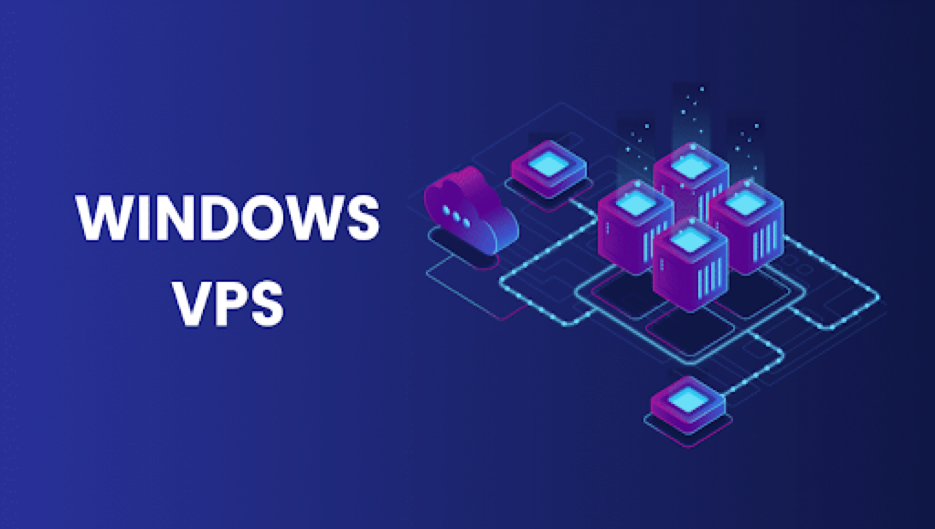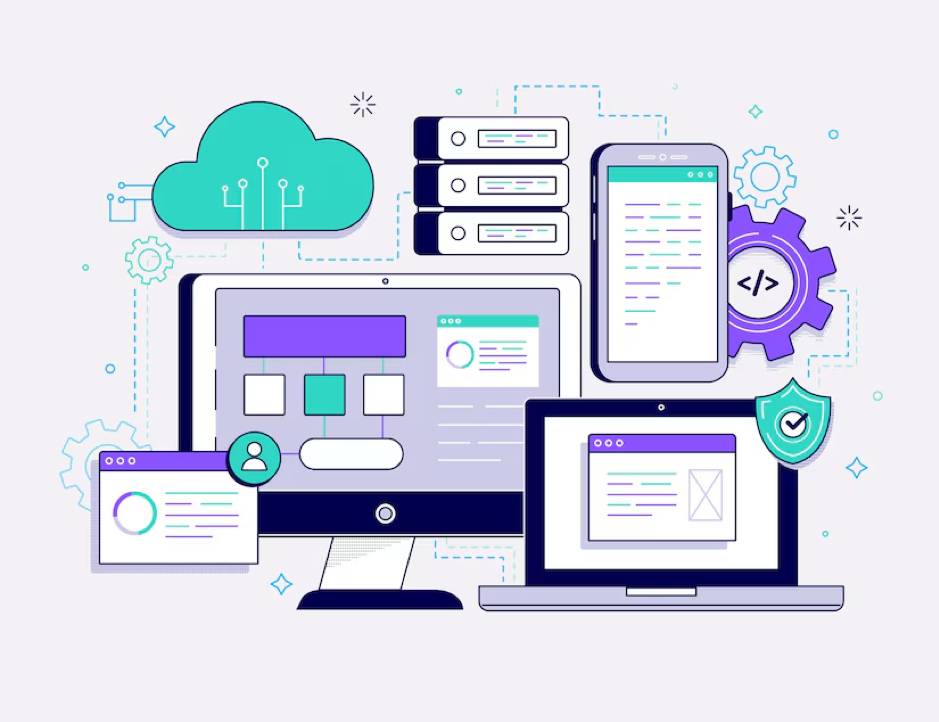Digital payment solutions gain ground swiftly across the world with the rise in fintech app development. As per the survey conducted by Mordor Intelligence, the Fintech market is expected to expand at a CAGR of 13% by 2024 with North America will remain the largest market. Today, the fintech sector is expanding reach with increasing adoption in the banking, insurance, and online payment industries. Another big beneficiary of fintech is the microfinance sector.
We will start with a brief introduction to the microfinance sector.
Microfinance- Brief Introduction
As per the definition of Investopedia, microfinance aka microcredit is a type of banking services provided to either unemployed or individuals or group with low income, who otherwise would have no other access to financial services. Usually, microfinance institutions give microloans ranging from $100 to $25000.
Impact of Fintech Sector on Microfinance and Associated Regions
The microfinance sector is thriving at a rapid pace in Asia Pacific, Latin America, and Africa regions. The reason is simple- people living in these areas may not have a credit score that makes them eligible to get a loan from standard banks or financial institutions. Many lenders come up with various finance and loan schemes, and people also rush forward to avail these schemes in these areas.
In other words, the growing popularity and the increasing population in regions where they operate compel microfinance institutions to digitize their traditional model and increase productivity. Fintech enables the microfinance sector to serve more people in a short time by offering easy data access. Let’s go through the key ways through which the fintech sector assists microfinance to expand.
Top Ways Fintech Brings Transformation in Traditional Microfinance Model
It is fair to mention that fintech enables the microfinance sector to leverage the true potential of advancing technology. Fintech app development can transform the key processes of the microfinance institution into user-friendly processes. It is possible to use numerous digital payment solutions for micro financing institutions to carry out swift and secure online transactions. A fintech app idea can change the way microfinance organizations are working.
Rapid Processes
Fintech is designed to bring automation into the processes like form filling and application processing. Microfinance institutions can simplify and streamline various processes and move online with customized fintech solutions. If a businessman wants a loan, it is easy to visit the website or an app of the microfinance company and fill in the all required information online. After submitting the details, he can get an appointment and the microfinance institutions can review the application for deciding the amount they can give as a loan.
Real-time Tracking
The entire loan process is automated and the status of the loan is highly convenient to track for users. The fintech app development company can integrate the feature for a real-time status check. If loan seekers find that their application is being rejected, they can also see the reason for the same.
In a way, fintech increases the transparency and customer-friendliness of microfinance institutes. Also, it reduces the time for application processing, and businesspersons or individuals can get their loans in a short time.
Blurring Boundaries
The banking system is a highly regulated and systematic business that has a huge customer base with different services. They also have a lot of employees who can take care of all customers efficiently. Unlike banks, lenders have limited resources and traditional practices to give loans and verify loan seekers. However, they can give loans faster than banks to customers. Now, advancing technology in the fintech sector can make the processes more transparent and secure for micro financing institutions. In a way, lenders and borrowers can remain in the loop for disbursing loans.
Mobile-based Operations
Fintech app Development Company makes it possible for the microfinancing sector to offer mobile-based operations to customers. Micro-financiers or lenders can leverage the benefits from the growing popularity of smartphones through a seamlessly performing app. A few years back, the banking sector was also passing through this transition phase. Today, people prefer digital banking through dedicated banking apps.
Similarly, micro financing companies have also started to come up with user-friendly apps. The cost of fintech app for the micro financing sector depends on the number of features and overall complexity of the apps. But, these apps can increase the business of micro financing institutions and gradually increase the ROI.
Microfinance mobile banking app can fetch the user’s valuable data and institutions can analyze the data to make real-time decisions. Also, the app enables borrowers to fill the form from anywhere to get the loan. In a way, micro financing mobile app is a win-win for borrowers and lender alike.
Concluding Lines
Simply put, fintech technology makes the micro financing sector more advanced and customer-friendly. A microfinance institution that embraces a fintech app idea can make the most of evolving technology and offer excellent services online. Fintech can amplify the immense potential of microfinance institutions and act as a catalyst to the growth of the microfinance sector over the period.




